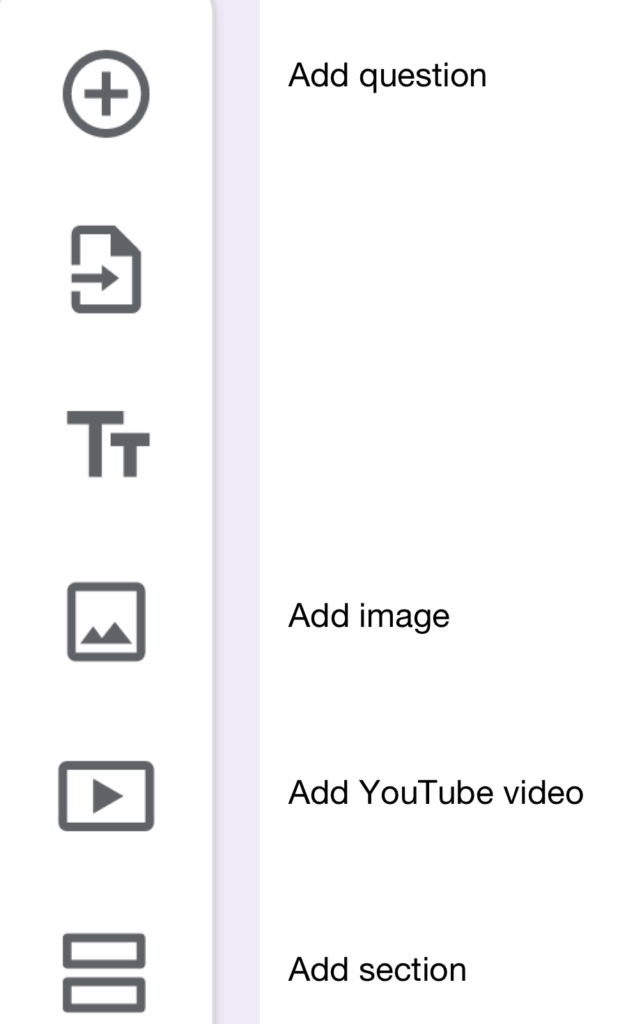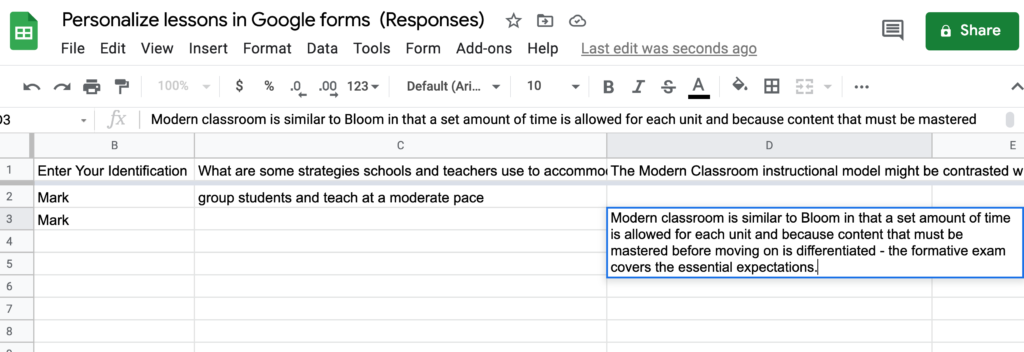Great ideas don’t always meet their argued potential when implemented. Reality has a way of adding complexity that reduces potential. Here are some examples of this effect I am aware of that apply to mastery learning.
Variability in time to learn

Individual learners vary in their speed of learning. Any teacher knows this. The issue in any classroom, whether implementing a mastery strategy or not, is how this variability is handled.
Some have studied variability and what happens when student variability meets a mastery approach. Arlin (1984, 1984b) conducted several experiments and referenced other work to indicate that a group-based mastery approach does not eliminate differences in time to learn. Time to learn appears to remain constant unit after unit.
Arlin (1984, 1984b) challenges what he claims is Bloom’s group-based mastery promise that over time the Bloom approach will eliminate individual differences in the rate of learning. Arlin offers multiple studies that indicate with group-based mastery variability between individuals remains relatively constant. I must admit I was surprised that Bloom argued individual differences would be eliminated, but references to Bloom’s writings appear to indicate I was wrong. Bloom appears to shy away from the existing knowledge and aptitude distinction I make. Arlin does find that given extra time most students will learn what is taught.
Arlin references other scholars with notions of a “wait around” or “Robin Hood” effect for more capable students. This concern argues it is possible more capable students can be held back by certain implementations of a group-based approach. However, I would suggest a) group-based approaches could provide supplemental learning activities not focused on the learning goals of a given unit and I would think most educators would understand this, and b) the Arlin position fails to acknowledge that traditional instruction must teach to a point at which the rate of learning is not optimized for more capable learners.
Conclusion: Most students can learn what is taught if given sufficient time and appropriate instruction and b) student differences in what is sufficient time will not be eliminated. How much time is required – I remember (no reference I can point to) that a 2:1 ratio will be sufficient for 80% of students to reach goals. Recognize that this means twice as much time to learn the same thing.
Procrastination
Studies of college students engaged in Keller-type individualized mastery learning demonstrate a high drop-out rate. What appears to happen when students are given a great amount of independence is that other requirements are prioritized (usually implied to be other courses, but I am guessing other personal priorities should be included here), and study within the mastery course and evaluation test completion lag. Students get significantly behind an acceptable pace and when they try to re-engage find that catching up is not as easy as they had hoped. They drop the course unable to see themselves finishing.
A remedy sometimes described as “the doomsday” contingency (early Keller advocates tended to be behaviorists) set a standard for completing the first several units (e.g., finish two units in the first two weeks) or students faced being dropped. This approach improved completion rates giving students a taste of the effort required. Purists might argue this type of approach was inappropriate.
Hoping for minimal effort
I conducted several studies of what I came to call effort errors (Grabe, 1982, 1994). Several of these studies involved a one-retake option for all course exams. This is not a pure mastery system, but it turned out to be a way to demonstrate the extent to which students bought into a mastery approach.
For example, if a control group and a retake available group are provided, a mastery advocate would predict that groups would be similar on the original exam and the retake group would improve the performance on the second opportunity if students chose to take it. Not so. The one-take group (traditional instruction) performed significantly better on the same initial exam. Clearly, the students who knew they had a second opportunity were not giving their best effort.
I took to identifying different types of what I would call “effort errors” – skipping the initial exam; taking a second exam, but scoring below the score on the first exam (I used a several point differences before this type of decline counted as an error); and skipping the second exam opportunity with a score of C or lower on the initial exam. More effort errors predicted lower course grades and were more common among students most in need of additional opportunities. Lower final cumulative exam scores related to more effort errors likely indicated a general lack of motivation.
Conclusion – motivation to spend additional effort cannot be assumed.
References
Arlin, M. (1984). Time variability in mastery learning. American Educational Research Journal, 21(1), 103-120.
Arlin, M. (1984b). Time, equality, and mastery learning. Review of Educational Research, 54(1), 65-86.
Grabe, M. (1982). Effort strategies in a mastery instructional system: The quantification of effort and the impact of effort on achievement. Contemporary Educational Psychology, 7(4), 327-333.
Grabe, M. (1994). Motivational deficiencies when multiple examinations are allowed. Contemporary Educational Psychology, 19(1), 45-52.
66 total views



You must be logged in to post a comment.